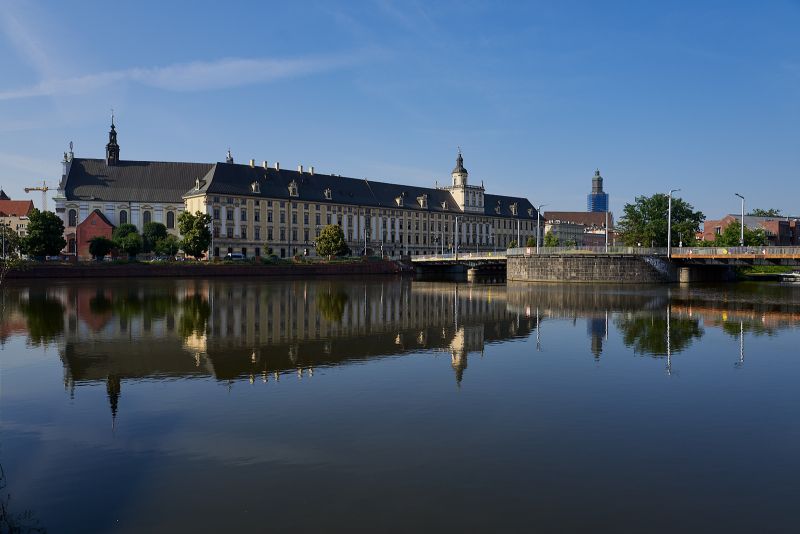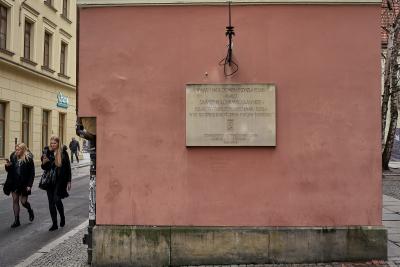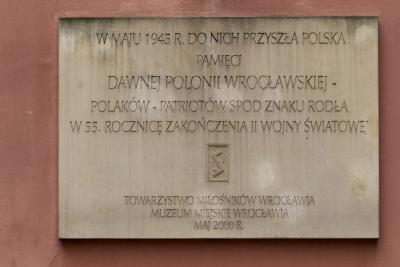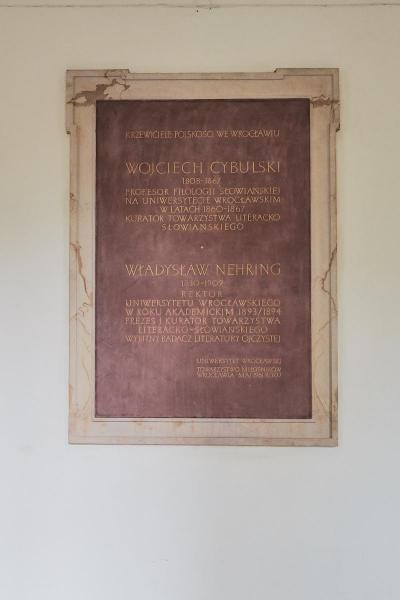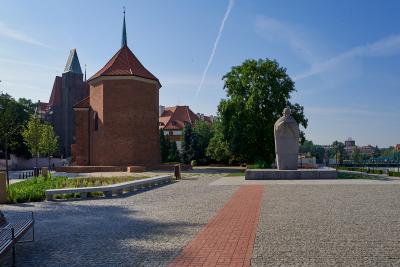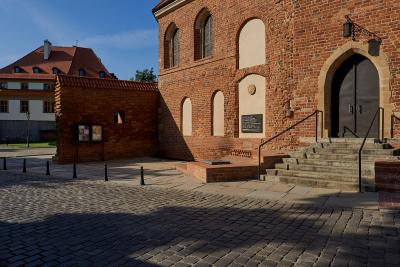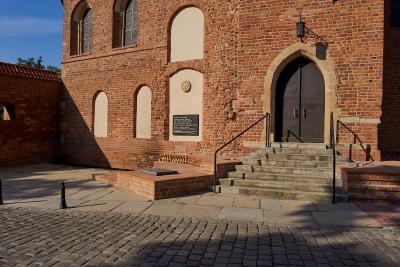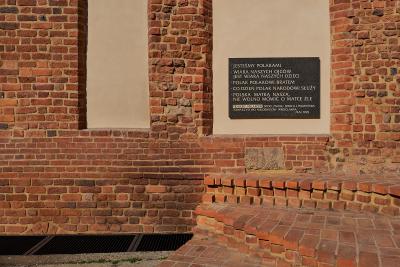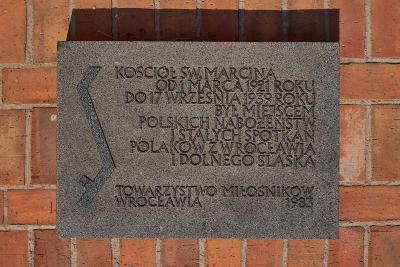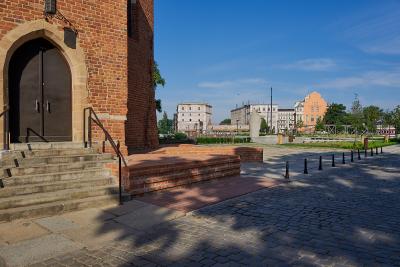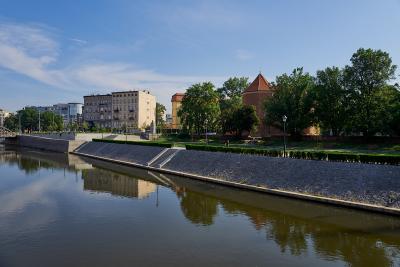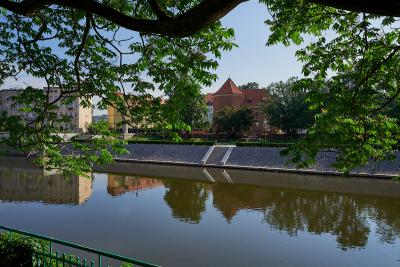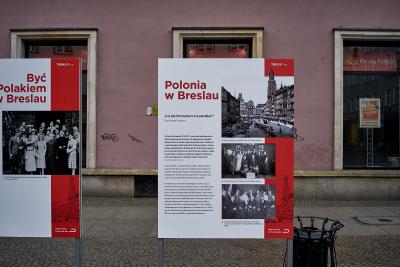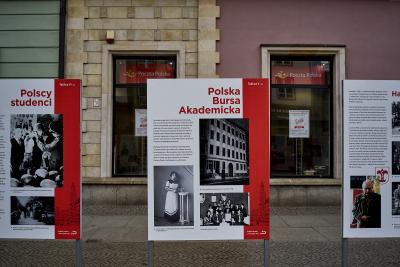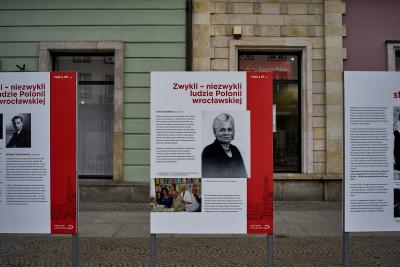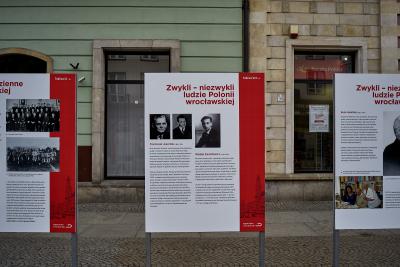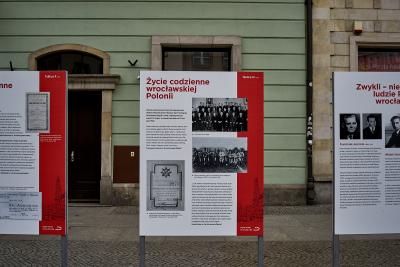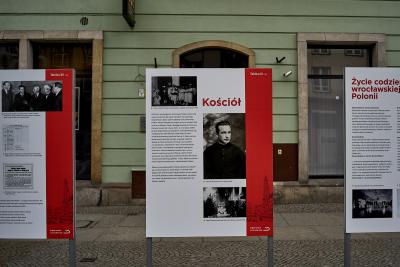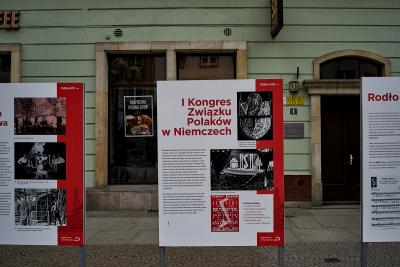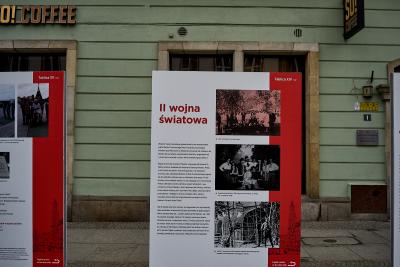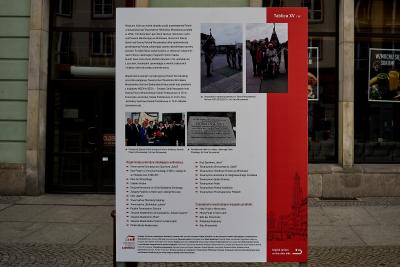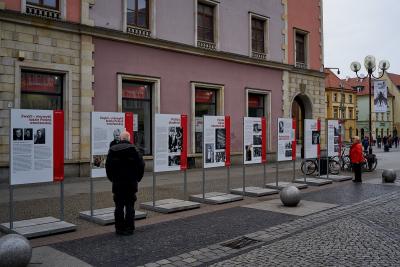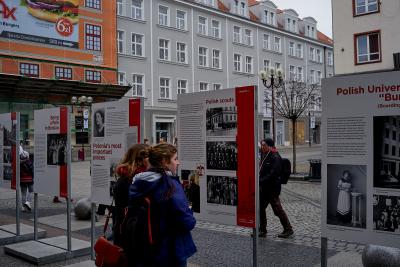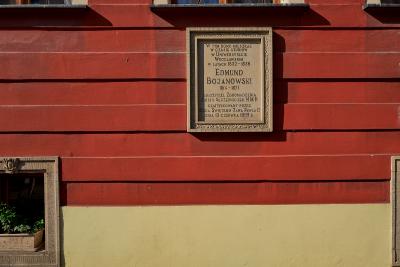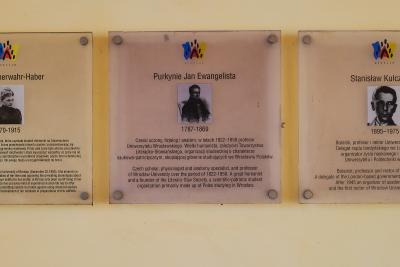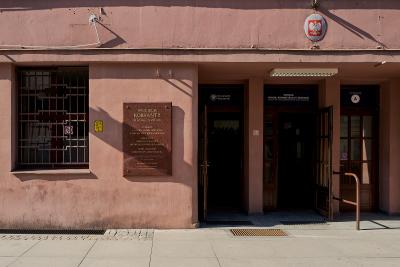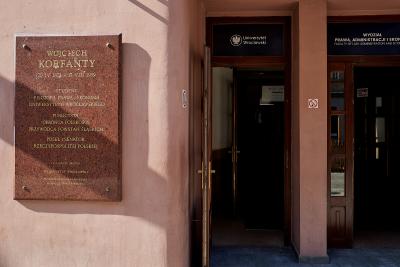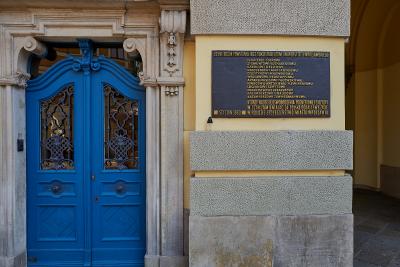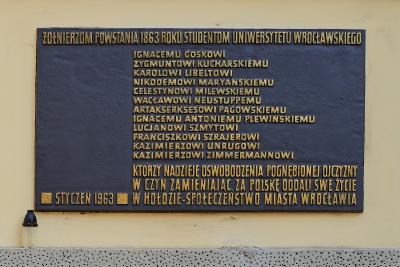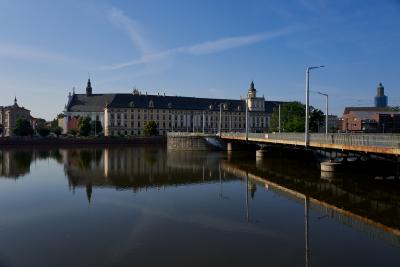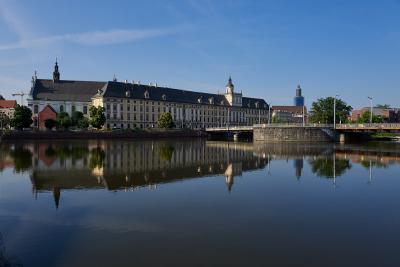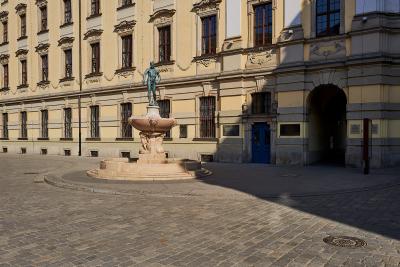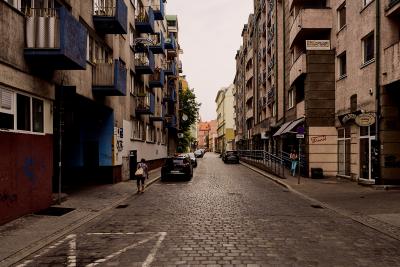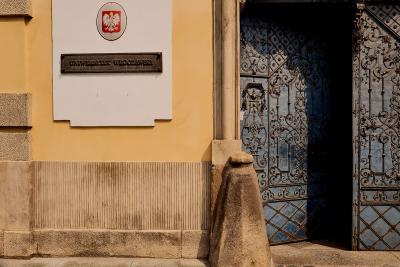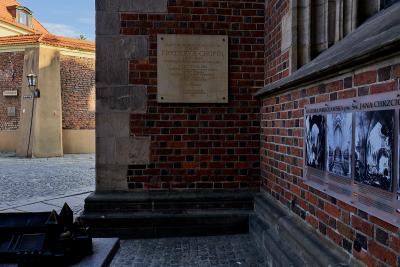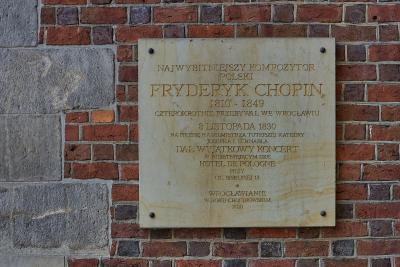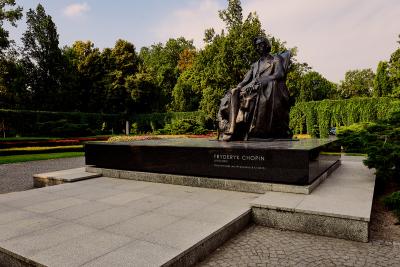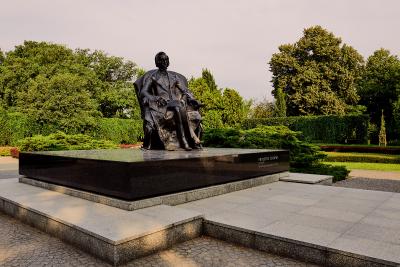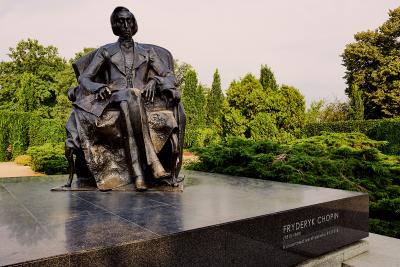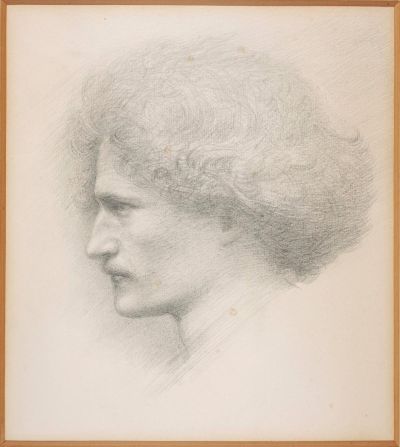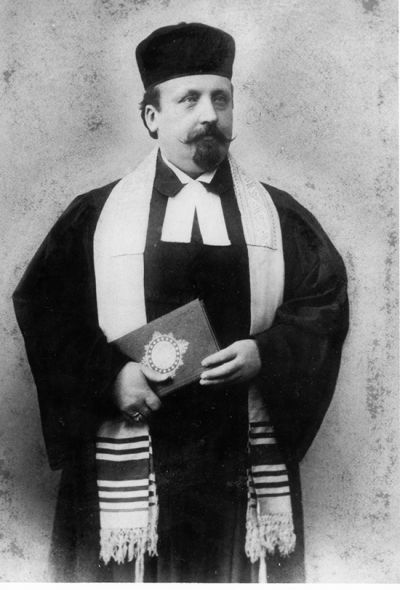Poles in Breslau (until 1939)
Mediathek Sorted

The interwar period
The situation for Poles in Wrocław changed after the end of the First World War thanks to the restoration of the Polish state and the resolutions of the Treaty of Versailles. The entry into force of the Treaty led to the founding of the Consulate of the Republic of Poland on 22 May 1920 (the first consulate was housed in an apartment building at Neue Gasse / Nowa 18, then in the house at Am Ohlauufer 2, today Słowackiego Street. This house is no longer standing.) The first consul was Eustachy Lorenowich. The status of ‘Polonia’, or Polish diaspora, was endowed upon the Polish citizens of Wrocław. Their rights, just like those of the entire Polish minority, were guaranteed in the German state by the constitution of the Weimar Republic.
The lack of acceptance of the provisions of the Treaty of Versailles, particularly those concerning the German-Polish border, led to conflicts between Poles and Germans. The Poles began to organise support for the people’s referendum in Upper Silesia. However, the meeting to appoint the plebiscite committee was broken up and its participants were beaten by the German militia.
Other incidents were also associated with the referendum. On 26 August 1920, following the demonstration against the referendum, which was held on the Schlossplatz, German demonstrators went to Neue Gasse / Nowa 18 (as well as the Polish Consulate, the “Polish school” and the library had also been located there since May of that year). They then entered the premises and destroyed them. Windows were broken, furniture destroyed, books thrown out of the window onto the street (a similar fate befell the French Consulate, which was held responsible for the provisions in the Treaty of Versailles that were unfavourable for Germany). The perpetrators were given mild sentences. The Republic of Poland demanded damages which it was not paid until several years later.
The year 1922 and the partitioning of Silesia were an important milestone in the history of Poles in Wrocław. Thousands of people left the city, including the most influential group of Polish intelligentsia. Only craftsmen and smaller merchants remained. It is estimated that there were still around 3,000 Poles in the city at this time.
Despite the hostility of some of the German residents and the fact that a large number of Poles were leaving the city, the remaining Poles tried to continue organisational life and ensure that the poor and needy were supported.
















































































